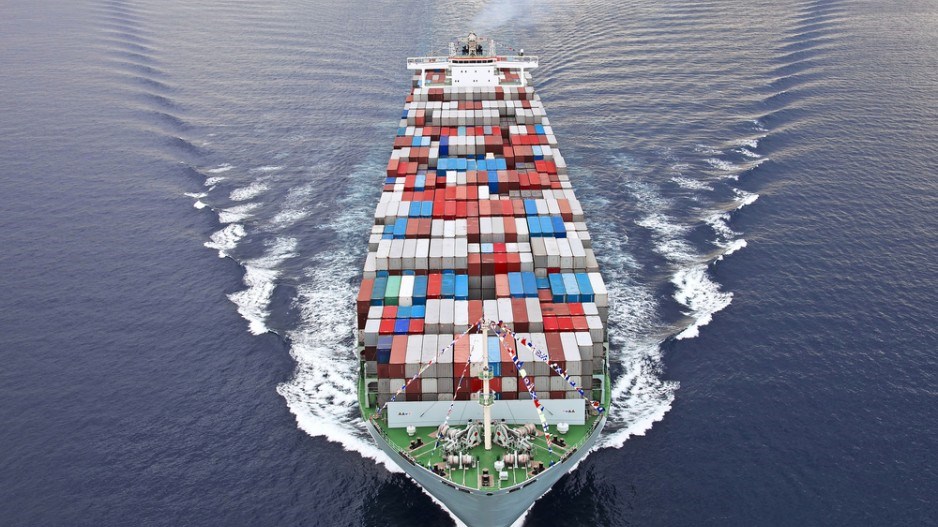An increase in energy exports was responsible in large part for a jump in the total dollar value of B.C.’s exports to international markets in 2016, according to a new report from the Chartered Professional Accountants of British Columbia.
Total exports increased 8.6% year-over-year to $39 billion last year. Energy exports, including natural gas, coal and electricity, jumped 28.2% over the period after coal prices increased in the last half of the year. The report said coal prices continued to increase in the first half of 2017, and the value of coal exports in the first six months of the year was 163% higher than what it was in the first half of 2016.
“Stronger commodity prices in the latter half of 2016 also led to an increase in the total export value of metallic mineral products, which reached $4.8 billion,” said CPABC president and CEO Lori Mathison.
“Mining activity in the province’s interior picked up, as mines either re-opened or began mining operations. This increased activity helped to offset a decline in the export value of pulp and paper products.”
The total dollar value of wood product exports was $10 billion in 2016 – a 19.2% increase compared with 2015. This jump was driven by a strong Canadian dollar and growth in housing starts in the United States. This trend is not expected to continue, however, as wildfires in the province have destroyed a year’s worth of timber. This, combined with uncertainties over trade negotiations with the U.S., will dampen wood products exports over the next few months, according to the report.
Mathison said because almost a quarter of B.C.’s GDP is based on exports, it’s important for the province to focus on both maintaining current trade relationships and broadening the scope to new ones.
“Currently, just over half of our exports go to the United States, and over one-third are destined for Asia, making B.C. less vulnerable than other Canadian jurisdictions to any changes in the U.S. trade relationship.”
@EmmaHampelBIV




